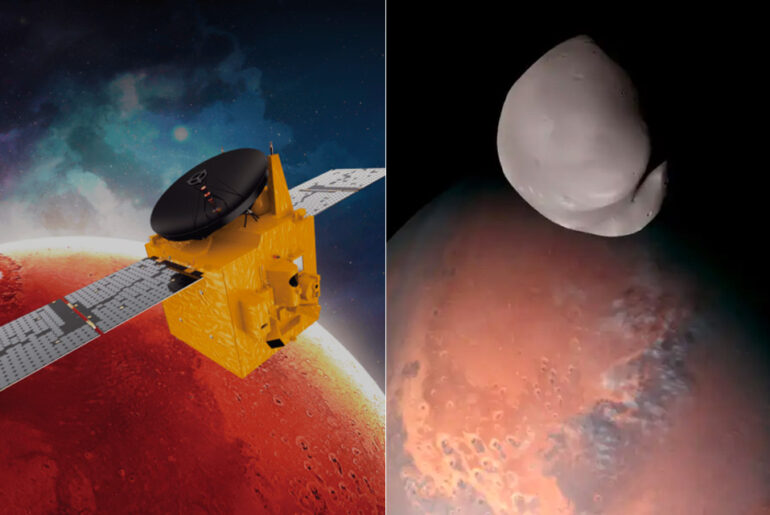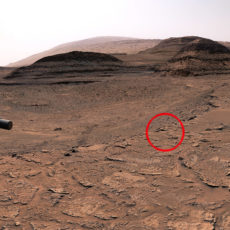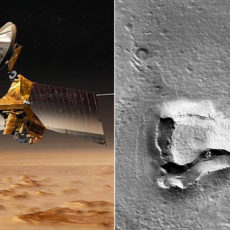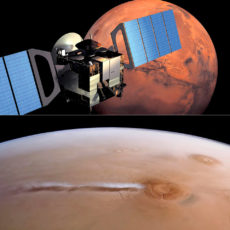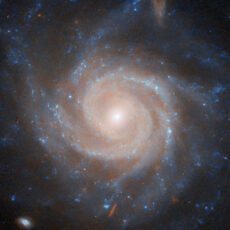
The Emirates Mars Mission (EMM) captured a series of images of Mars’ smaller moon Deimos using three of Hope’s key instruments. One of these instruments is a camera equipped with multiple filters that restrict different wavelengths, enabling scientists learn more about the water and ice content in the atmosphere or the nature of dust storms closer to the ground.
Hope orbits Mars at a higher altitude than any previous mission, allowing scientists to see half of the planet regardless of where the orbiter is. Similar orbiters move around the poles, so they are forced to observe locations at the same times of day with each pass overhead, but Hope orbits nearly parallel to the equator. This means it’s capable of watching locations at many different points throughout the day and see how things might change over time as the sun rises and sets.
- SMARTPHONE-POWERED SKY TOUR: No experience needed! Just dock your phone, launch the StarSense Explorer app, and follow the on-screen arrows to locate...
- PATENTED STARSENSE TECHNOLOGY: Unlike other astronomy apps, StarSense Explorer uses sky recognition technology to turn your phone into a celestial...
- TONIGHT’S BEST TARGETS, INSTANTLY: The app generates a curated list of the top objects to see based on your time and location. See planets, bright...
We are unsure of the origins of both Phobos and Deimos. One long-standing theory is that they are captured asteroids, but there are unresolved questions about their composition. How exactly they came to be in their current orbits is also an active area of study, and so any new information we can gain on the two moons, especially the more rarely observed Deimos, has the potential to unlock new understanding of Mars’ satellites,” said Hessa Al Matroushi, EMM Science Lead.

